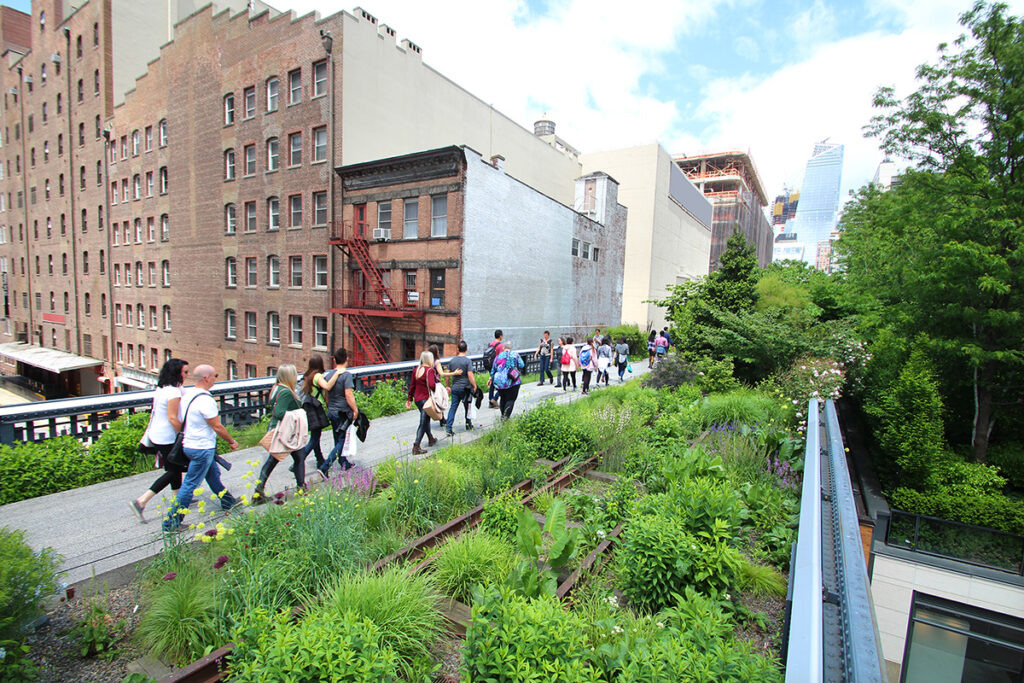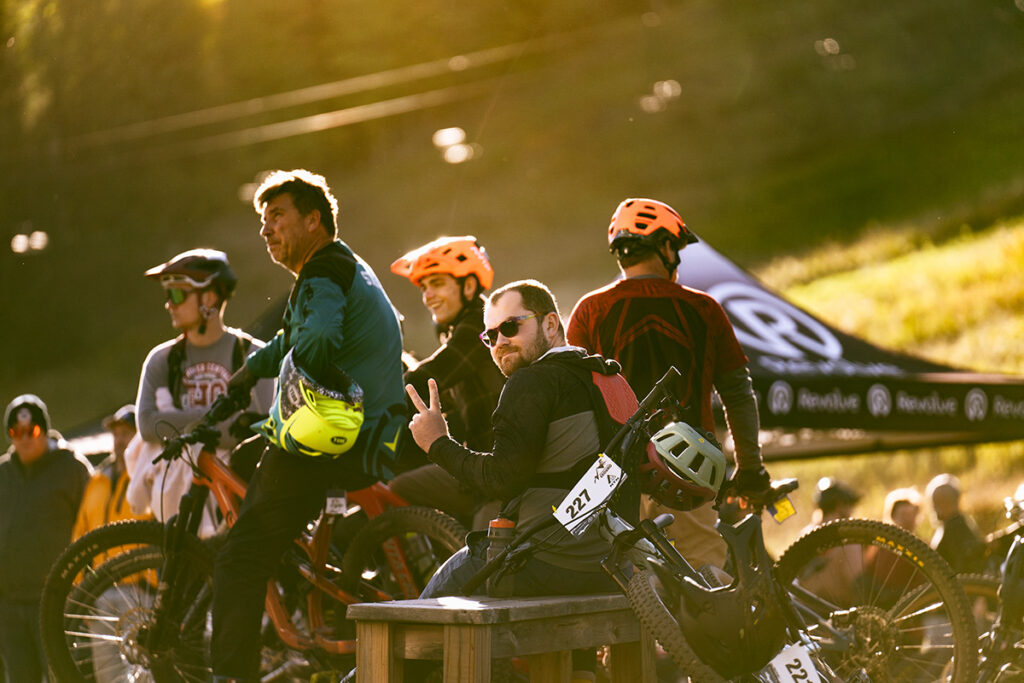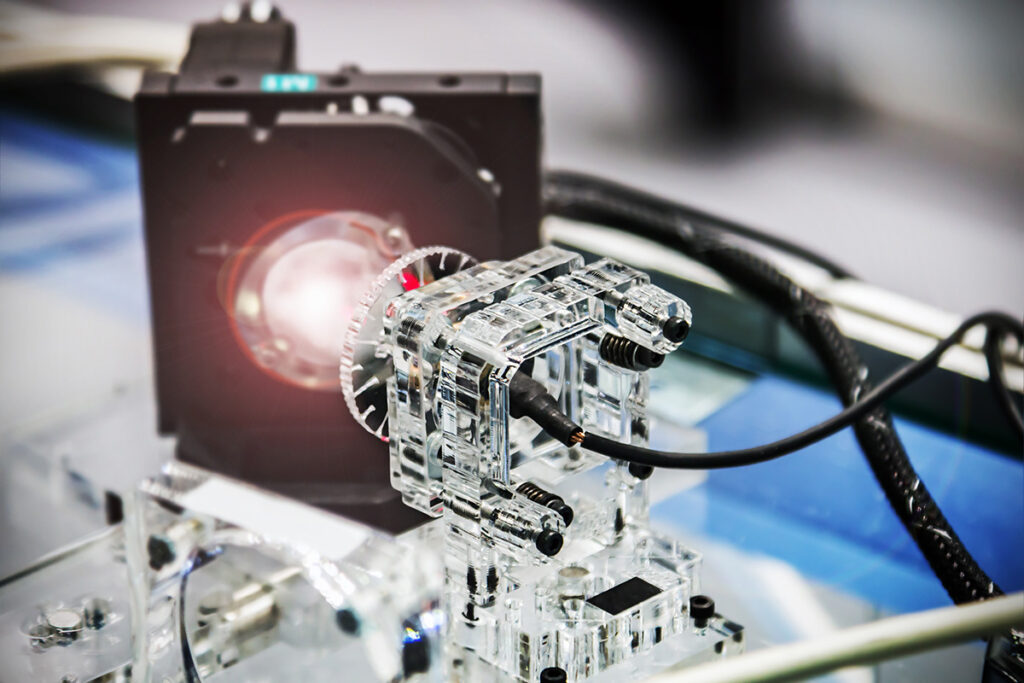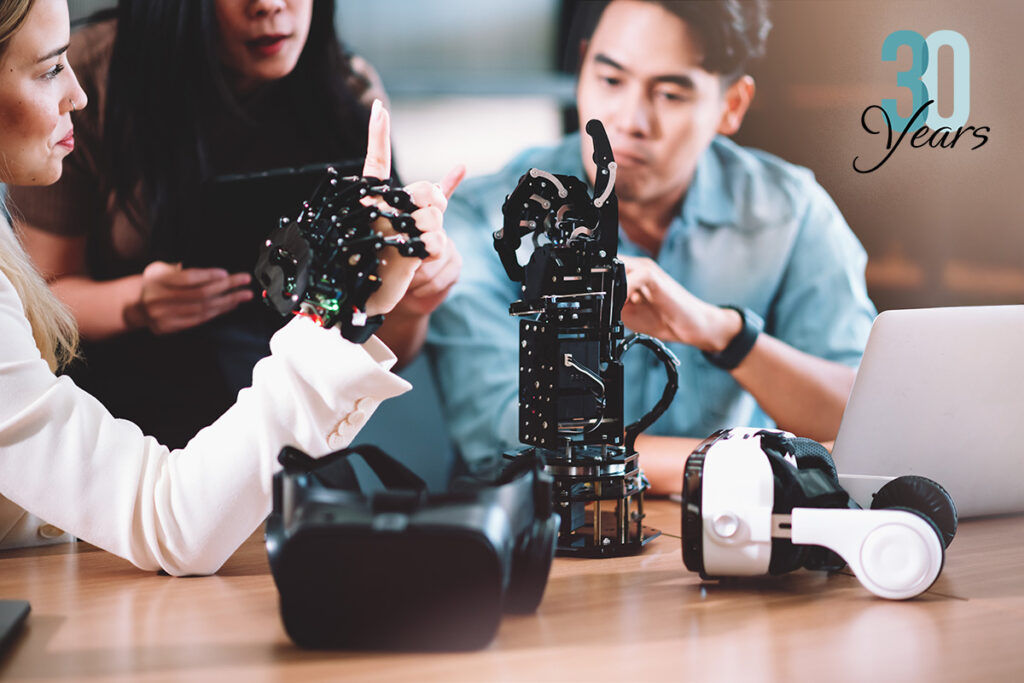Rising office vacancy rates, changing demand for retail spaces, and new commuting patterns following the COVID-19 pandemic have renewed conversations about adaptive reuse and ways that developers, city officials, and building owners might reprogram vacant and underutilized spaces. Adaptive reuse is not a new concept. The ancient Romans turned the Colosseum into housing. Modern cities often convert housing to restaurants or retail uses. Old industrial buildings have become trendy lofts. Yet, despite a track record of success, adaptive reuse is sometimes dismissed due to concerns about the financial viability or technical feasibility of a proposed project. While adaptive reuse is not always as straightforward as new construction, when implemented strategically these projects offer culturally relevant, sustainable, and creative solutions to maintaining a community’s sense of place as the needs and preferences of residents, workers, and visitors change. These benefits have prompted communities across the nation to create policies, pilot programs, and incentives designed to make adaptive reuse a more attractive and attainable option. The projects highlighted in this article describe how creative partnerships led to the development of transformative community spaces.
Linking Past and Present
Adaptive reuse is often introduced when a particular type of development falls out of favor, leaving behind deteriorating structures that disrupt the fabric of communities. Large-scale structures that have been successfully converted to modern uses are diverse in their origin and their future, including malls, factories, and industrial sites. When efforts are taken to save, rehabilitate, and readapt these spaces, they provide a unique opportunity to create a link between a community’s past and its current needs. These landmark adaptive reuse initiatives illustrate the economic and place-based benefits of stitching together old and new.
Highland Mall (Austin, Texas)
Enclosed shopping malls gained popularity by offering consumers the convenience of accessing multiple stores during one trip without the need to plan for inclement weather. During the mid-to-late 1900s, shopping malls were developed in communities across the US. As consumer tastes and development patterns changed, the traditional mall began to decline. Austin’s Highland Mall is no exception. Established in the 1970s, it began to lose tenants in the early 2000s, eventually closing for good in 2015. The site was later purchased through a public-private partnership between Austin Community College (ACC) and a real estate development firm. To date, this partnership has led the development of a new ACC campus in what was once a collection of department stores and has attracted new residential, retail, and office development to the site.
American Tobacco Campus (Durham, North Carolina)
From the late 1800s to mid-1900s, the American Tobacco Campus was home to a large tobacco factory with multiple buildings covering more than 10 acres in central Durham. The decline of the tobacco industry led to the closure of the campus in 1987, leaving the site vacant for more than 10 years and negatively impacting the surrounding area. In the early 2000s, a visionary adaptive reuse effort led by a consortium of private-sector and public leaders resulted in a new home for the Durham Bulls, a performing arts center, and residential units.
Repurposing Infrastructure
Adaptive reuse isn’t limited to buildings; it also applies to infrastructure as a means of leveraging existing networks that are no longer needed for their original intent. Maintaining underutilized and aging infrastructure often stretches state and local budgets and consumes valuable real estate. Repurposing these public assets can provide novel placemaking opportunities and provide positive impacts.
High Line (New York, NY)
The High Line in New York is one of the most well-known examples of transforming obsolete infrastructure into vibrant spaces. In the early 2000s, cooperation between local government and private entities led to the acquisition of the abandoned elevated rail line that would later become the High Line greenway activated by public gardens, art, and performances. The economic impact of this investment has been immense, creating a destination for residents and visitors and significantly increasing nearby property values.
11th Street Bridge Park (Washington, D.C.)
An emerging example of adaptive reuse for infrastructure is in Washington, D.C. When transportation officials identified an existing vehicle bridge for demolition and replacement with a new connection, local government and stakeholders partnered to identify potential opportunities for the defunct bridge other than demolition. This partnership led to a series of community meetings over several years and a design competition to envision the future 11th Street Bridge Park, connecting two D.C. neighborhoods separated by the Anacostia River. The future Bridge Park will provide walkers and bikers with an interactive connection featuring green spaces and art; nearby communities will have access to affordable housing through a new land trust, construction training, and small business procurement opportunities related to the project.
Pop Ups and Pilots
Permanency and high-dollar investments are not required to create impact through adaptive reuse. Temporary and pop-up events can activate a space and bring attention to the need for future development or investment. During the pandemic many local governments created pilot placemaking programs that relaxed permitting requirements to allow the conversion of parking lots to outdoor eating areas. Some of these temporary patios and parklets have reverted to car parking but others remained, having established a clear value to businesses and customers. Providing temporary spaces for entrepreneurs to make and sell their products is another avenue for creating impact. The Pittsburgh Downtown Partnership’s Project Pop-Up initiative connects entrepreneurs to vacant storefronts. In Tionesta, Pennsylvania, the Tionesta Market Village was established to activate space left vacant for nearly a decade following a fire. Temporary sheds with traditional storefront architecture were installed on the site, generating foot traffic that connects local makers and customers.
Underutilized buildings, spaces, and infrastructure create undesirable places and disinvestment over time. Adaptive reuse is a way to bring those places back to life by generating activity and investment while maintaining cultural relevance. Often, successful efforts require partnerships between public entities, private enterprise, nonprofits, residents, and business owners who provide the resources and vision for transformation.



